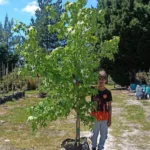Showing 1–12 of 229 resultsSorted by latest
-
Sale!

Pear Forelle Tree 10lt
Original price was: R350.00.R259.99Current price is: R259.99.Add to cartPear Forelle Tree 10lt
-
Sale!
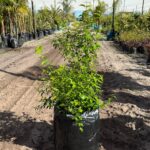
Halleria Lucida Tree 50lt
Original price was: R1,250.00.R850.00Current price is: R850.00.Add to cartHalleria Lucida Tree 50lt
Common Name: Tree Fuchsia, White Olive
Full Sun
Semi Shade
Evergreen
Wind Tolerant
Low Watering
Indigenous
Fast-growing, multi-stemmed tree that grows 3-4m in height with glossy foliage and nectar-laden, orange-red flowers in Autumn. Edible, black fruit attracts birds. Can be used as a screen and is ideal for small gardens!
Halleria lucida, commonly known as the tree fuchsia or notsung, is a small to medium-sized evergreen tree or shrub in the Stilbaceae family. It is native to Southern Africa, particularly in South Africa, Eswatini (Swaziland), and Mozambique. Here are the detailed aspects of Halleria lucida:
Botanical Characteristics
Leaves: The leaves are simple, lanceolate to ovate, and have a glossy, dark green appearance. They are alternately arranged and have a leathery texture.
Bark: The bark is greyish-brown and becomes rough and fissured with age.
Flowers: Halleria lucida produces striking tubular flowers that are orange to red, sometimes with a yellowish tinge. The flowers are often clustered along the branches and appear throughout the year, with a peak in spring and summer.
Fruit: The fruits are small, fleshy berries that turn dark purple or black when ripe. They are edible and attract birds and other wildlife.
Growing Conditions
Climate: The tree fuchsia thrives in subtropical to temperate climates and is often found in forest margins, along streams, and in moist, shaded areas.
Soil: It prefers well-drained, fertile soils rich in organic matter. It can grow in various soil types but does best in loamy or sandy soils.
Watering: Halleria lucida benefits from regular watering, especially during dry periods, but is also somewhat drought-tolerant once established.
Ecological Role
Habitat: It plays an essential role in its native habitat, providing nectar for birds, especially sunbirds, and insects such as bees and butterflies. The berries are a food source for various bird species.
Pollination: The tubular flowers are adapted to pollination by birds and insects, making it an important species for local pollinators.
Uses
Ornamental: Due to its attractive flowers and foliage, Halleria lucida is widely used as an ornamental plant in gardens and landscapes. It can be pruned to shape and is suitable for hedges or as a standalone specimen.
Traditional Medicine: The leaves, bark, and roots are used in traditional African medicine to treat ailments such as coughs, colds, skin conditions, and digestive issues.
Edible Fruit: The berries, although small, are edible and can be consumed fresh or used in traditional remedies.
Halleria lucida is a versatile and ecologically valuable plant, offering benefits for wildlife, traditional medicine, and ornamental gardening. Its adaptability and attractive features make it a popular choice for sustainable landscaping and conservation efforts.
-

-
Sale!

Pandorea Jasminoides Rosea ‘Pink’ 60lt
Original price was: R1,950.00.R1,150.00Current price is: R1,150.00.Add to cartPandorea Jasminoides Rosea ‘Pink’ 60lt
Plants are approx 1.5m tall at present.
-
Sale!

Pandorea Jasminoides White 60lt
Original price was: R1,950.00.R1,150.00Current price is: R1,150.00.Add to cartPandorea Jasminoides White 60lt
Common Name: Bower VineApprox 1.5m tall at the moment.
Full Sun
Semi Shade
Climbing Plant
Medium Watering -
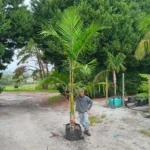
-
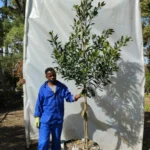
-
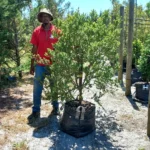
-
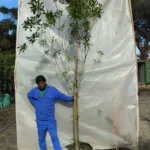
-
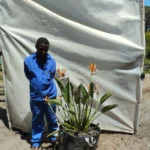
-
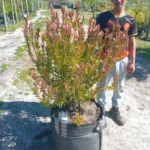
-
